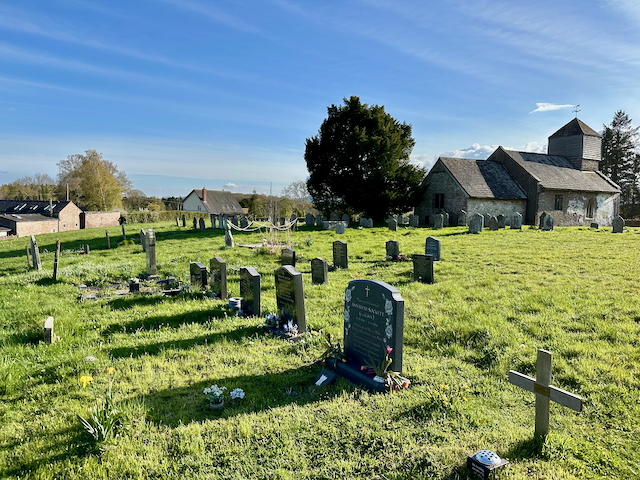Making Memories Through Ancestry Tourism
Part of my year is spent in England and during a recent trip a family friend dropped me a note saying that her ancestors were from a rural county there, and she dreamed of visiting one day to research her lineage.
My friend sent me information about her English ancestors and the small farm community in which most of them lived in the 1800s. To my amazement, this tiny village that wasn’t even big enough for a post office or grocery store was only a few miles away from where I base in the Herefordshire countryside.
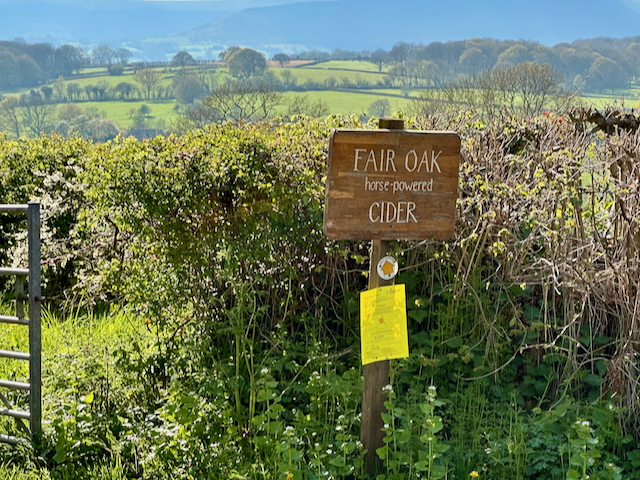
As a career investigative journalist, this felt like a puzzle that needed solving but the only information I had to go by was a general location and a family name. After a little digging, I found a current working cider farm with her family’s ancestral name, but no one was home when I stopped by. The area surrounding it was beautifully defined by rural scenery, grazing cows and one-lane roads with summer growth on the towering hedges that turned them into endless mazes.
My friend also mentioned a small church where she said several relatives were buried. I set out to find it relying only locals who kept pointing me in the right direction. This small church isn’t on any GPS as it is in a remote spot in the most rural county in England, but it serves as the central gathering place for this sparsely populated community as it has for centuries. St. Margaret’s Church was built in the early 1300s and is tucked away between vast farmer’s fields in the countryside.
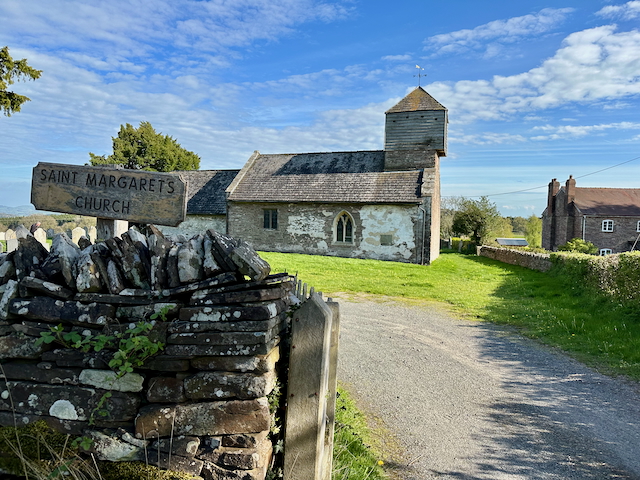
When I finally found it, I couldn’t believe my eyes. Here I was standing in front of the church in a moment that my friend dreams about experiencing for herself someday to piece together important elements of her past.
Walking among the headstones surrounding the church my partner Ian and my mother who were with me, found some of her relatives. Though I could barely make out the dates on the stone tablets remnants of the family names were legible enough to confirm their identities. Many of the headstones only bore partial names or dates due to deterioration from the centuries of harsh weather on the hill.
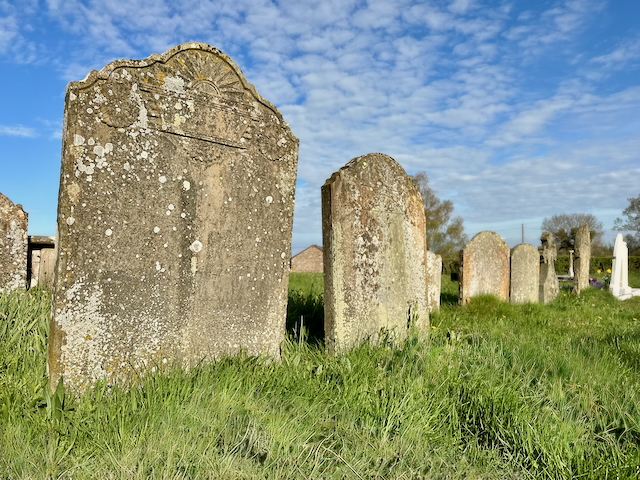
Capturing some etchings of family headstones for my friend, I felt a sense of emotional completeness uniting a distant past with the present day. Physically standing in front of the headstones, the church and the place that was so central to her ancestry made me wonder what customs and ways of life were passed down to her that likely originated here. It made me appreciate the value of ancestry tourism and how meaningful a journey to a place you may not have planned to visit before can add to your life.
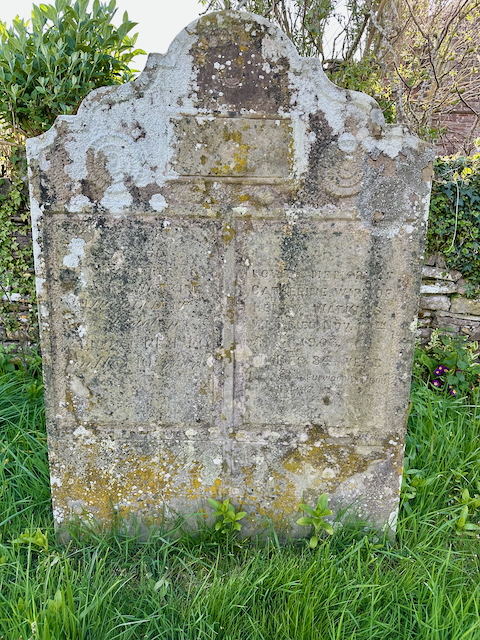
My friend’s quest to track down her ancestors is not unique. According to an Air B&B study, people traveling to trace their roots has increased by 500% since 2014. This fueled interest and opportunity for ancestry tourism enables people to fill in the blanks of their past in an immersive way.
Technology advancements have allowed researchers to create digital records from documents that once only existed in written form, forever preserving them. That capability combined with refinements in DNA testing has opened a new world for those who wish to dig deeper into their past.
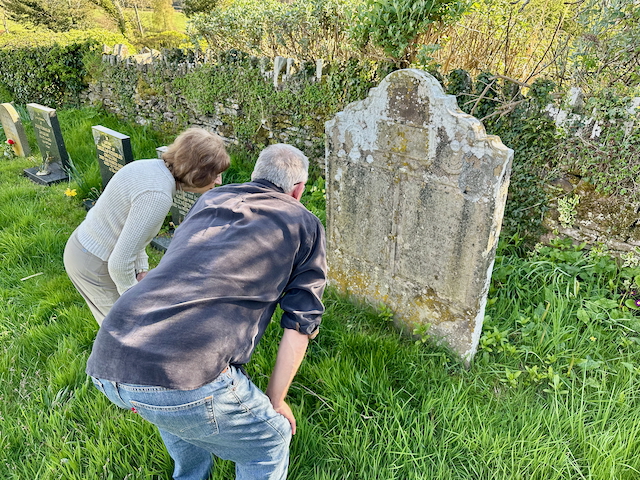
Many countries like Scotland, England, Italy and Germany have robust ancestry and genealogy resources and are happy to help travelers get started on their own journeys by digging deep into their family heritage.
These dedicated trips bring to life the lineage of family trees and enable travelers to visit the birth and final resting places of their ancestors. Many people can even track down and meet distant family members who still live in the region.
This kind of mission-focused travel is rewarding and life-changing but requires some preparation.
Insider Tips:
- Do your homework – Ancestry tourism requires some research so you can show up to your destination prepared. Narrow your research to focus on just one person or family unit and make a list of the data you will need to collect before you go. A resource like the National Archives is a good place to start.
- Planning – Decide what country or countries you will visit on your trip. Accommodate for the time you will need to conduct research at museums or repositories, visit physical locations and meet with living family members if that is arranged. Keep in mind, this kind of travel requires a lot of flexibility and time. If it’s a short trip then narrow your scope. If you have several weeks available, then do it all. Do some research to see if the country you are visiting has resources to assist with ancestry tourism.
- Packing – Put as many documents as possible that you might need onto a laptop for travel convenience. Create an itinerary with your research goals. Make a list of the stops you will make including contact information and hours. Bring back-up storage for research and photos. Pack pencils with erasers as pens are prohibited in many research facilities. Bring notepads with you as loose papers are prohibited in many facilities also. And don’t forget your camera.
- Making travel plans – Once you decide where you need to visit and for how long, set the trip in motion by making travel arrangements. Plan as far out as possible to ensure you can visit locations that might have weekly or seasonal hours.
- Create memories – You are embarking on an important journey to fill in the blanks of your ancestry that you can preserve forever. Take a journal with you to record personal thoughts and experiences along the way. Take photos of locations, headstones of relatives, and document the cities and villages where your ancestors lived. This will be a trip unlike any other you will ever experience, so take it all in one discovery at a time!
